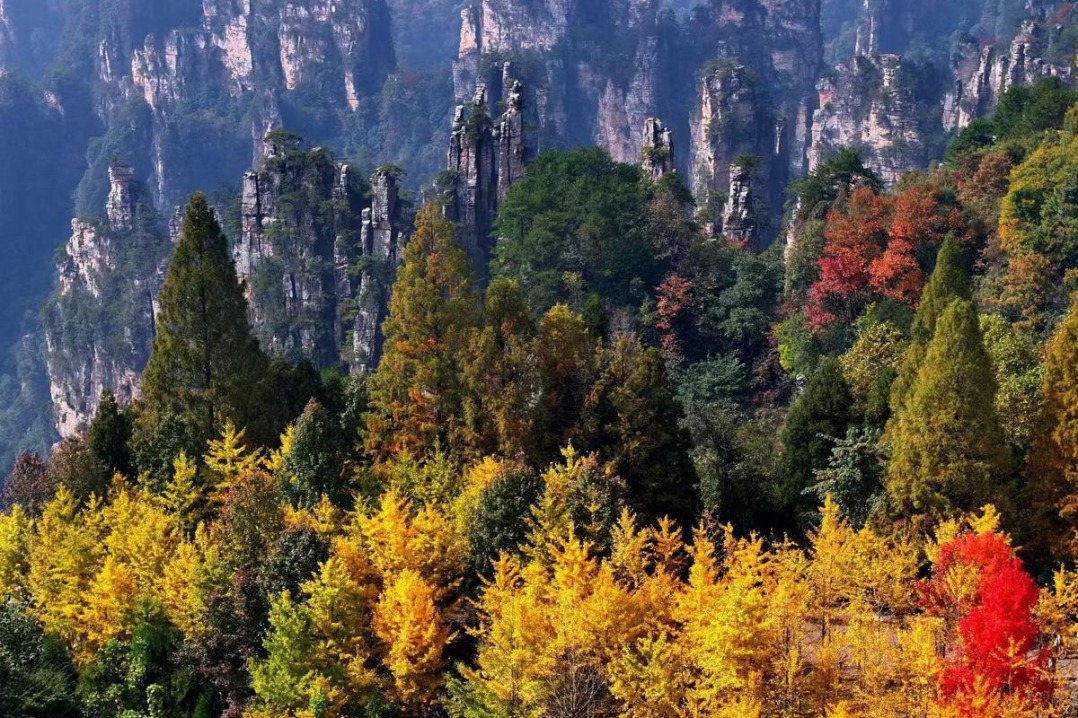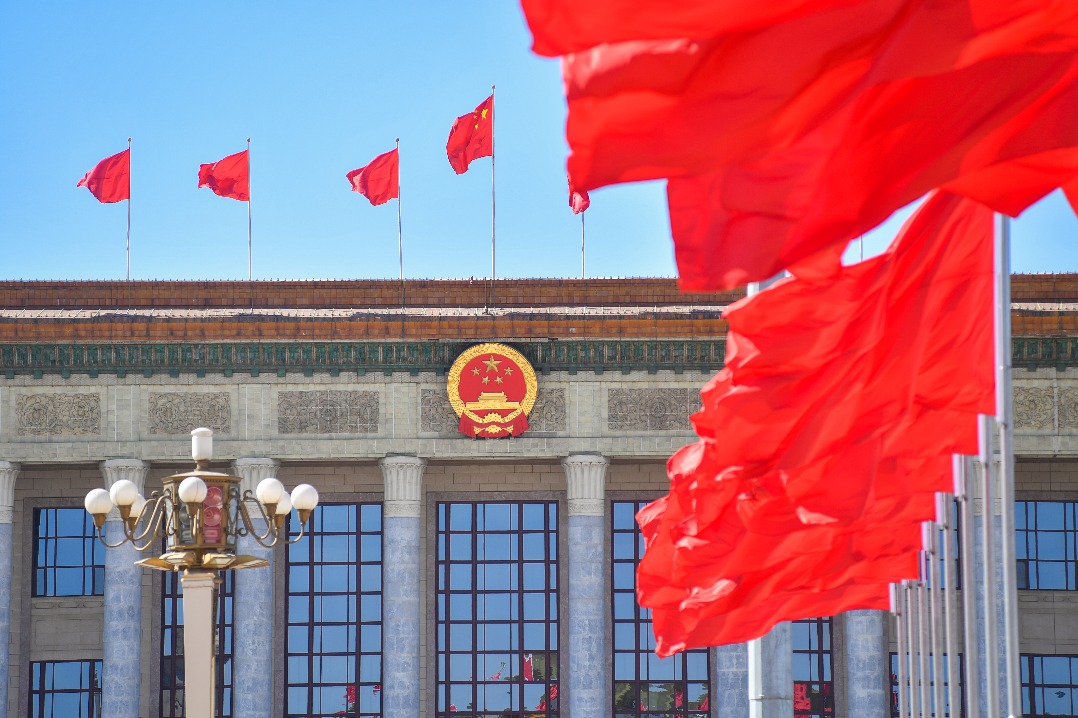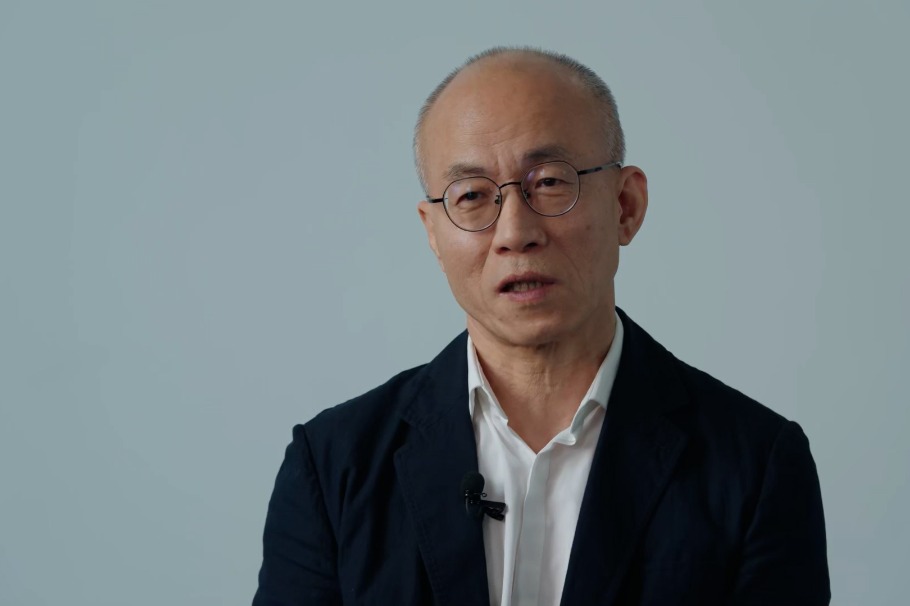Facilities launched to protect Nansha Islands' ecosystems


Coral reef restoration key to ensuring ecological security of South China Sea
The Ministry of Natural Resources said that facilities built for the protection and restoration of the ecosystems of the Nansha Islands' Yongshu Reef, Zhubi Reef and Meiji Reef were put into service on Tuesday.
The move was a step to perform the responsibility of protecting and restoring territorial land and space ecology
The Yongshu, Zhubi and Meiji facilities will serve mainly for the protection and restoration of coral reefs, a typical Nansha Islands ecosystem. Coral reef protection is the key to ensuring the ecological security of the Nansha Islands, and even the whole South China Sea, the ministry said on its website.
Specific measures will include regular investigation and assessments to gradually master the evolution of coral reef ecosystems in the Nansha Islands, and to scientifically identify areas that need conservation and rehabilitation, the ministry said.
Natural restoration will be the main approach, but artificial restoration could be employed as a supplementary measure, it said. Experiments will be made to develop technology and methods that are in line with local ecological conditions and characteristics of the Nansha Islands, it added.
The ministry has opened maritime observation stations on the three reefs, and these now provide regular information services, including maritime forecasts and disaster warnings, to the international community and passing ships.
Meanwhile, the Chinese Academy of Sciences has launched the Integrated Research Center for Reefs and Islands Sciences on Meiji Reef, according to the CAS. It said the center will become an on-site test base for studies on the ecology, geology, environment, materials and ocean energy of the tropical sea.
Experts have said it is of global significance to conduct in-depth research on marine sciences in the South China Sea, which has many islands, diverse ecosystems and rich ocean resources.
The center has multiple laboratories in related fields such as ecology, geology, environment and corrosion prevention.
Protecting ecological resources and systems has been especially highlighted in recent years in Hainan, China's southernmost province.
In 2016, the provincial government drew a "red line" for protecting its main ecological resources and ecologically vulnerable areas, which make up 11,535 square kilometers or 33 percent of the tropical island and 8,316.6 sq km, or 35.1 percent of Hainan's nearby sea.
Chen Hong, an oceanographer and director of the Hainan South China Sea Institute of Tropical Oceanography, said the ecological environment in the South China Sea has been improved remarkably in recent years thanks to government protection and progress in people's, especially fishermen's, awareness of caring for maritime resources.
As a participant in a number of Hainan's maritime ecosystem research projects, Chen has gone to the Xisha Islands with his teams about 20 times, planting more than 30,000 corals, tridacna clams and large seaweed.
He has led his team in planting another 170,000 coral seedlings in Sanya's seawaters. The 53-year-old scientist plans to grow 500,000 coral seedlings in the South China Sea this year and another 300,000 next year to fulfill his plan of growing 1 million corals by 2020.




































